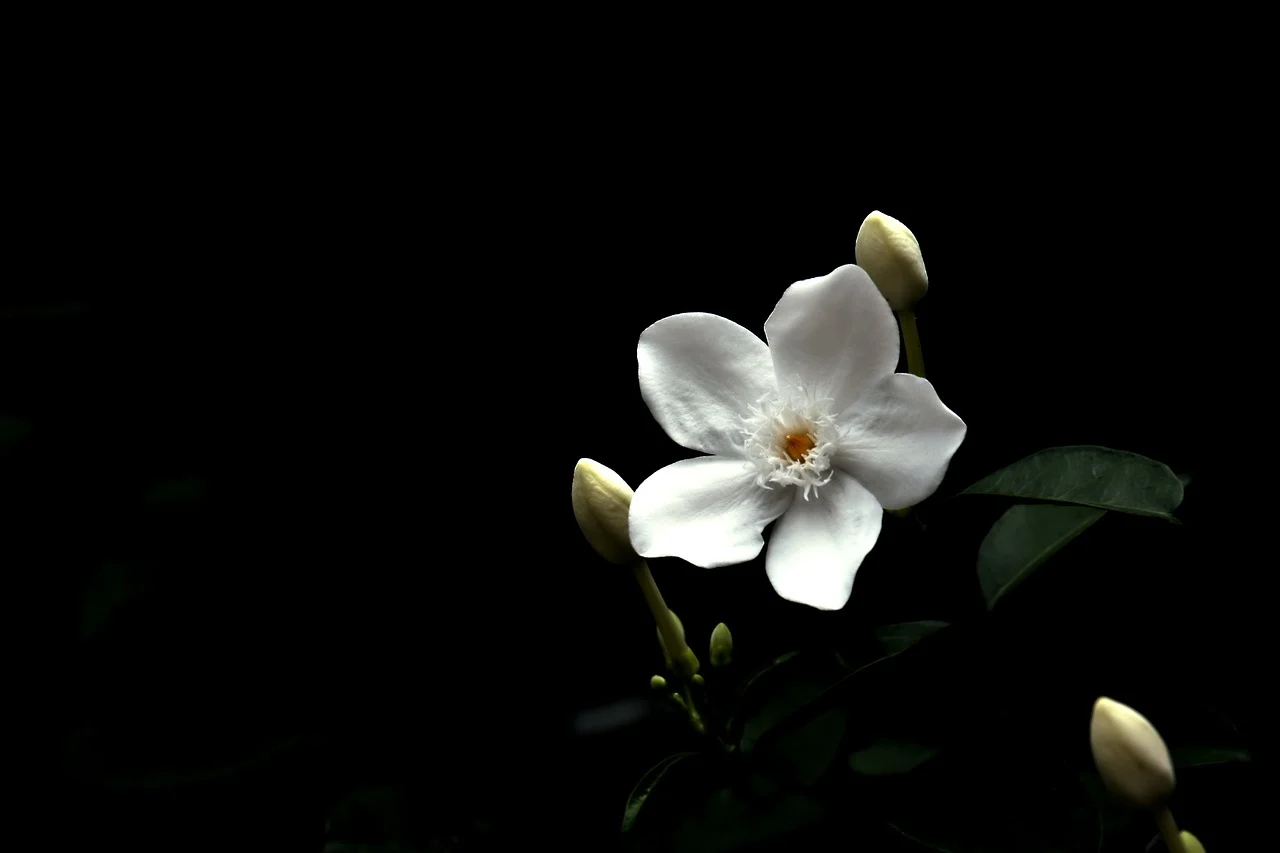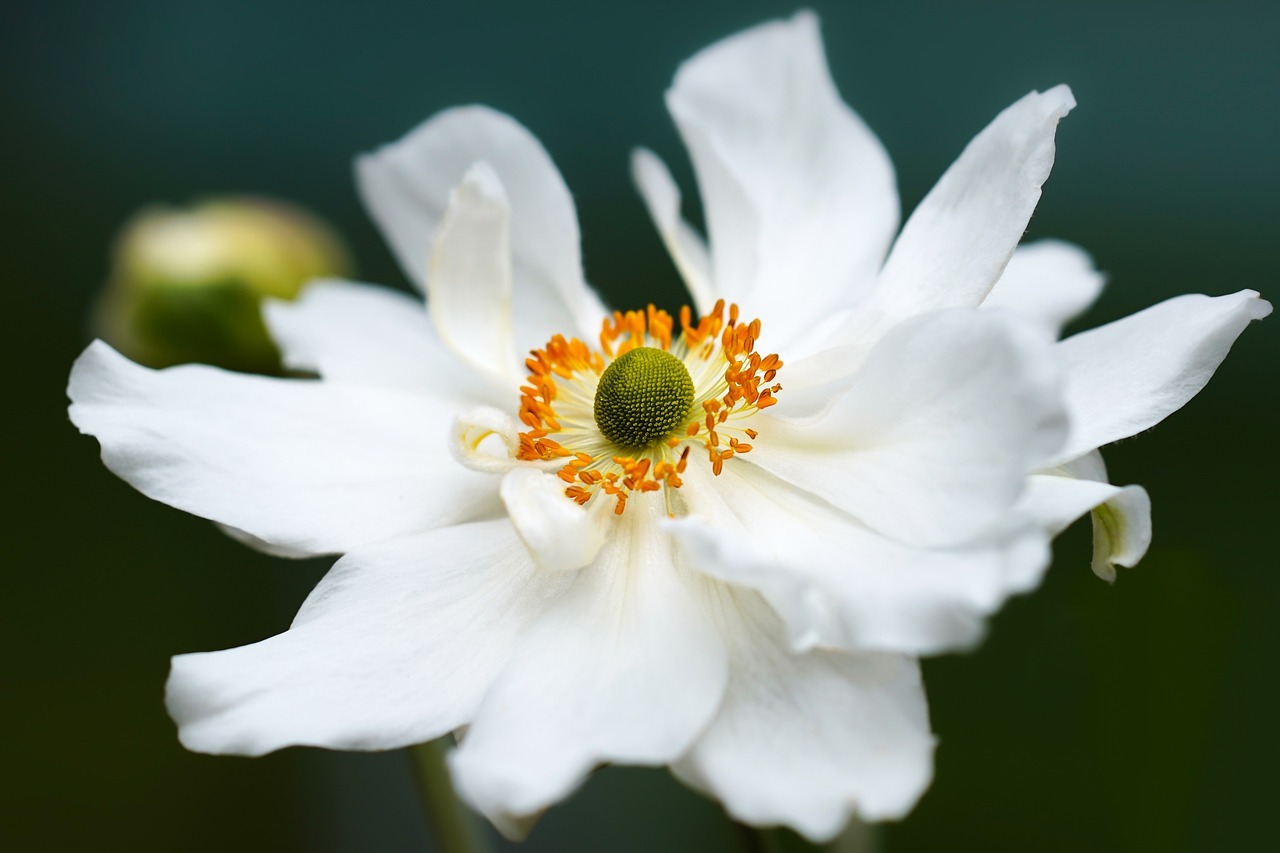The pikake flower from Hawaii shines bright in its wilds and ways. It smells sweet and looks nice, and is a true gem in Hawaii. There are different types of pikake. In this guide we will go in deep about the Hawaiian pikake flower plant.
Let’s learn why people cherish this bloom and its uses there.

What is the Hawaiian Pikake Flower?
Pikake, a Hawaiian name for a special jasmine called Jasminum sambac stands out among the twelve jasmine kinds in Hawaii and is loved for its beauty. Countries like India, Thailand, China, and the Philippines grow a lot for their blossoms. These are used in perfumes and tea flavors. In Hawaii, people plant pikake in their yards and farms, especially for making leis.
Hawaiian pikake flower name comes from “peacock,” linking to Princess Kaiulani’s love for both the flower and the bird. Known around the globe, J. sambac is known as Sampaguita in the Philippines, where it’s celebrated as the national flower; Gunda mallige in India; mo li in some Chinese regions; and Arabian jasmine in the USA.
Regarding what it looks like, Jasminum sambac belongs to the olive family and originally comes from India. It’s a bush that smells nice and can grow from 2 to 3 feet wide and up to 6 feet tall. This plant can handle not much water and grows best in warm weather. During the cooler months, it takes its time to grow.
It has soft branches with shiny, deep green leaves that come in pairs and show clear lines. You might see this plant looking both bushy and vine-like. Its cream or white blossoms, about half to three-quarters of an inch big, pop up at the ends of its branches. These flowers can be alone or grouped on the new parts of the plant. Before they open, the buds are oval, but they turn into star shapes when they bloom.
Pikake Flower Lei meaning and benefits
The white Pikake flower bloom gets its name from the Hawaiian term “pikake,” signifying peacock. Back in the 1800s, Princess Ka’iulani linked the blossom to her cherished peacocks.
Pikake, or Hawaiian jasmine serves various purposes:
- Fragrance: It emits a delightful scent, Pikake is linked to desirable qualities, increasing self-confidence, and easing anxiety.
- Essential oil: It is purified from Pikake flowers, the essential oil finds its way into perfumes, soaps, and beauty products. It’s also compatible with diffusers like essential oil bracelets and necklaces.
- Skincare: It is also used in skincare, health, and wellness items for natural dewiness.
- Jasmine tea: The blossoms from diverse pikake cultivars enhance the flavor of jasmine tea.
- Ornamental and ceremonial roles: In Hawaii, Pikake finds application in various ornamental and ceremonial capacities.
- Lei crafting: The blooms of Pikake are used in crafting traditional lei.

What does Pikake flower smell like?
Pikake, a fragrant jasmine native to Asia is an aromatic white flower. Pikake perfume, similar to traditional jasmine but sweeter and richer, offers a unique experience. Some describe it as floral, with touches of citrus, greens, tuberose, and jasmine, topped with a musky base. Others compare its scent to a jasmine garland decorating a bride.
Fresh and innocent – Flowery Hawaiian gardenia and night-blooming jasmine.
Complex, sweet, and rich – Infused with Maile, bring fresh, green tones like rainforest.
Heavenly aroma – Bring the freshness of dewy post-evening rain with a musky base.
Pikake flower perfume
This enticing aroma is widely grown for its charming, sweet-smelling flowers. These blooms find use in perfumes and jasmine tea, contributing to a fragrant appeal. In the Philippines, it proudly holds the title of the national flower, called Sampaguita. Additionally, it stands as one of Indonesia’s three national flowers, recognized as melati putih.
Is jasmine and Pikake the same?
In Hawaiian, “pikake” translates to “peacock,” symbolizing the princess’s deep bond with her feathered friends. Beyond Hawaii, pikake goes by Arabian or Indian jasmine. Pikake, scientifically Jasminum sambac, likely is from India, belonging to the olive family (Oleaceae). Fragrant bloom is a drought-resistant shrub, 2 to 3 feet wide and up to 6 feet tall. It grows quickly in hotter months but eases in cooler seasons.
The single-flowered (pikake lahilahi) is the used for lei-making. A semi-double type, with elongated petals. The double-flowered rose pikake has rounded white petals but fewer blooms.
Pikake propagation involves air layering or rooting leafy stem cuttings with hormones. The pikake flower is also flourishing in rich clay or sandy loam, pikake prefers a pH of 6.0 to 6.5.

Popular use in leis and perfumes.
Pikake serves various purposes, from crafting leis to creating fragrances:
- Leis
Pikake, the versatile blossom from Hawaii, finds its way into leis, adding a touch of fragrance to these delightful floral creations. White pikake leis, a favorite among brides, not only grace weddings but also bring charm to anniversaries and birthdays. The petals, strung together like pearls, weave into strands, forming beautiful leis.
- Perfumes
With a gentle aroma, pikake becomes the essence of choice for all skin types. Prepared into a swift-absorbing roll-on perfume oil, it blends seamlessly and complements other scents. Apply it to your wrists, behind the ears, and the decolletage for a subtle and enduring fragrance.
- Symbolism
Pikake speaks the language of romance and love, embodying symbolism beyond its beauty. Recognized as an aphrodisiac, its scent not only delights but also boosts self-confidence and dispels fear, making it a fragrant symbol of passion.
Diseases and pests associated with Pikake flower Lei
- Hawaiian flower thrips, known as Thrips hawaiiensis, result in the loss of buds and flowers.
- The Western flower thrips, or Frankliniella occidentalis, also cause buds and flowers to be lost.
- The Carmine spider mite, Tetranychus cinnabarinus, extracts plant sap and chlorophyll from foliage, leading to a reduction in plant vitality.
- The Long-tailed mealybug, Pseudococcus longispinus, sucks plant sap, causing deformities in developing tissues.
- Armored scales, represented by several species, suck plant sap, ultimately reducing plant life.
- Some of them include Inornate scale, Aonidiella inornata, Hibiscus snow scale, Pinnaspis strachani, Mining scale, Howardia biclavis, Dictyospermum scale, Chrysomphalus aonidum and Parlatoreopsis sp., which is an Armored scale.
- The Gray hawk moth, Psilogramma menephron, features a caterpillar that feeds on foliage.
Pikake faces various diseases caused by viral, nematode, and fungal pathogens. Root rots pose a threat, capable of killing cuttings during propagation and adult plants, especially in high-rainfall areas and where soil drainage is poor. Pikake faces other diseases too. Southern blight, caused by Sclerotium rolfsii, shows as white mycelium spreading fanwise from the stem and into the soil. Root rot, from Pythium and Rhizoctonia species, is a problem. Powdery mildew presents as a powdery coating on leaves and buds, causing stunted growth. Reniform nematodes harm the roots and weaken the plant.
A plant illness called infectuous chlorosis can attack pikake and many other Jasminum species. It causes yellowish mottling on the leaves.
Sadly, there’s no known way to control this sickness. If you collect seeds from infected plants, they might grow into sickly seedlings. Using with infected plant parts can easily spread the disease, and it might also be transmitted by sucking insects. Interestingly, if the plants are generally healthy, this disease doesn’t seem to significantly reduce the number or quality of flowers.
Overall, it’s crucial to keep an eye out for these issues to ensure a thriving pikake.

Conclusion: Pikake Flower Lei
Ultimately, the pikake flower is a delightful charm in Hawaii. It’s not merely an aesthetically pleasing flower; it holds a unique role in their heritage. Be it adorning leis or enhancing perfumes, the pikake contributes a life of loveliness and sweetness to the islands. When imagining Hawaii, remember the beautiful pikake, telling stories of its beauty and fragrance.
So it is better for us to know how does pikake grow, so that we will try to grow it in our gardens.


